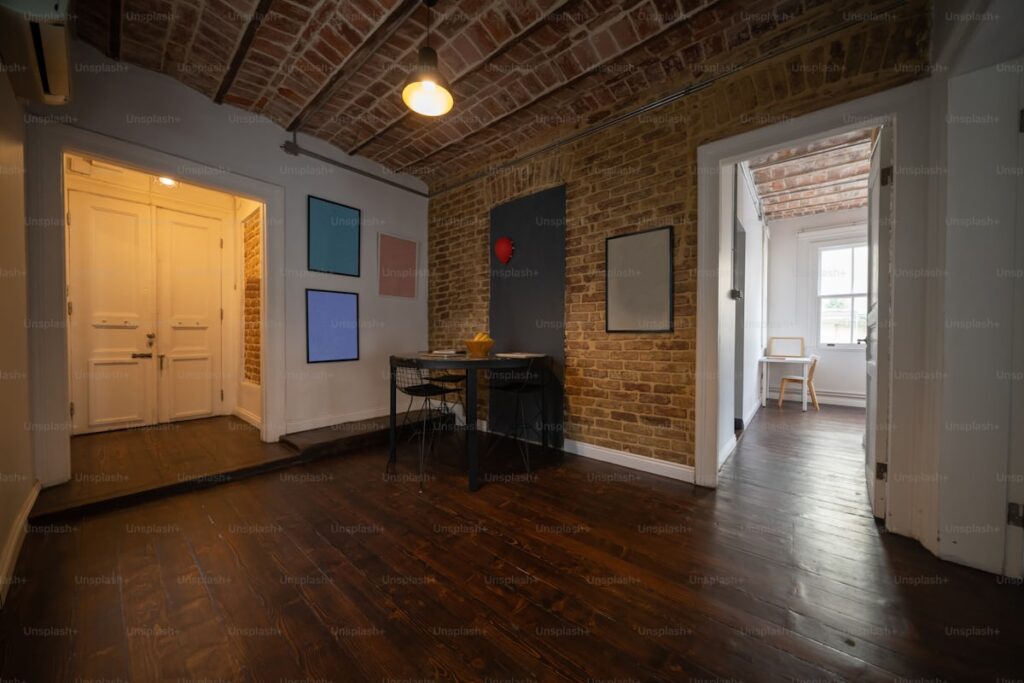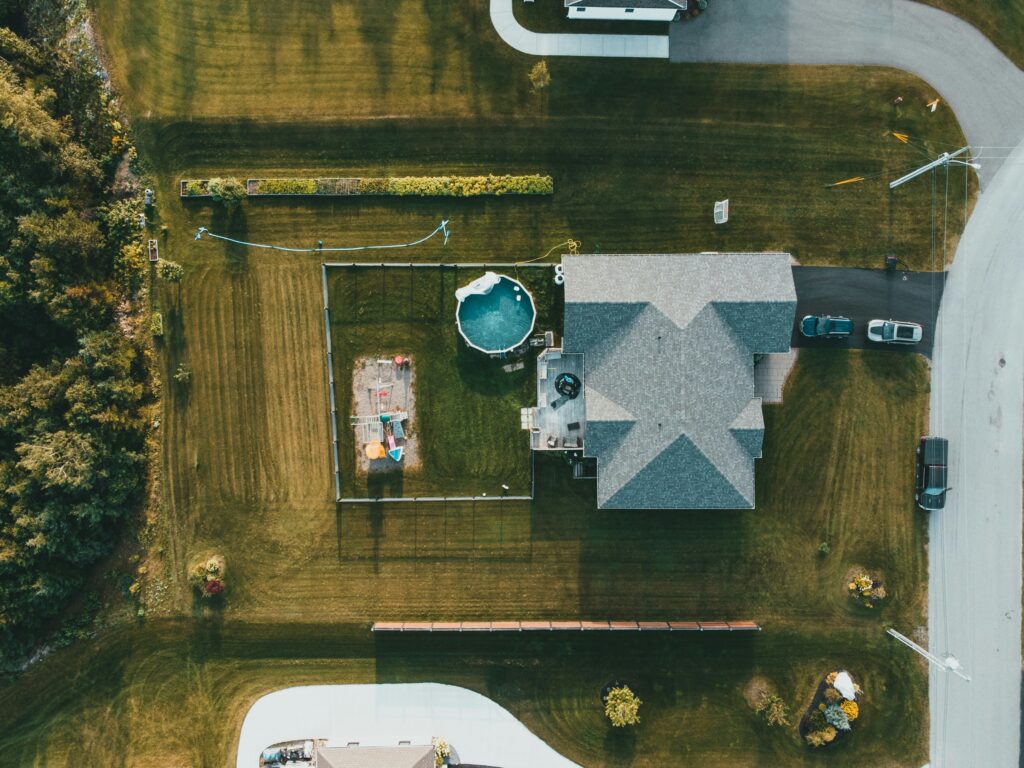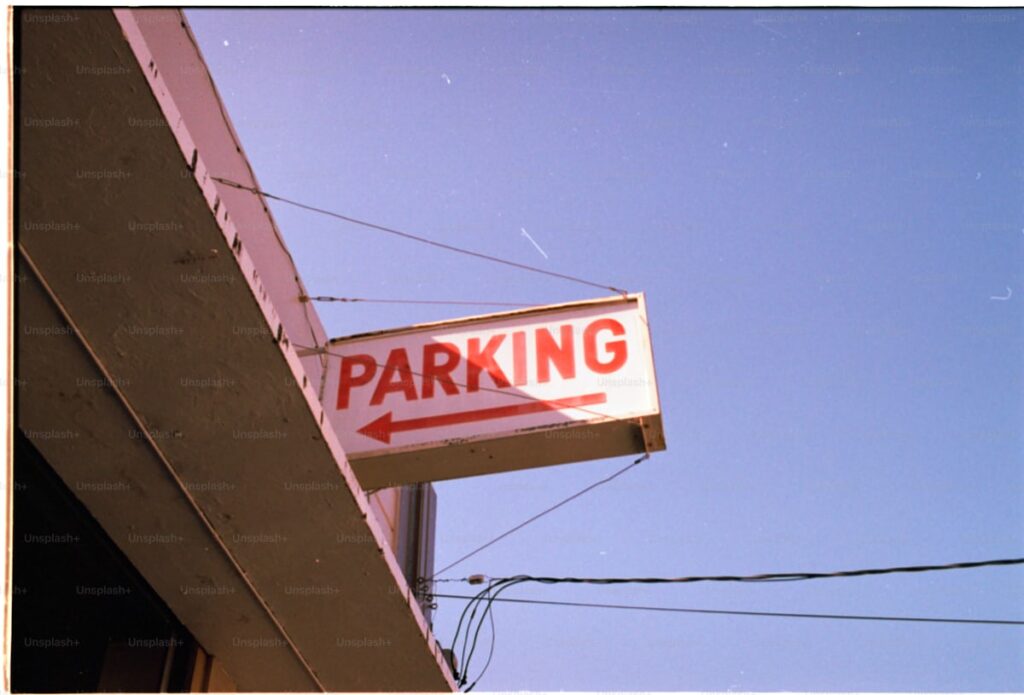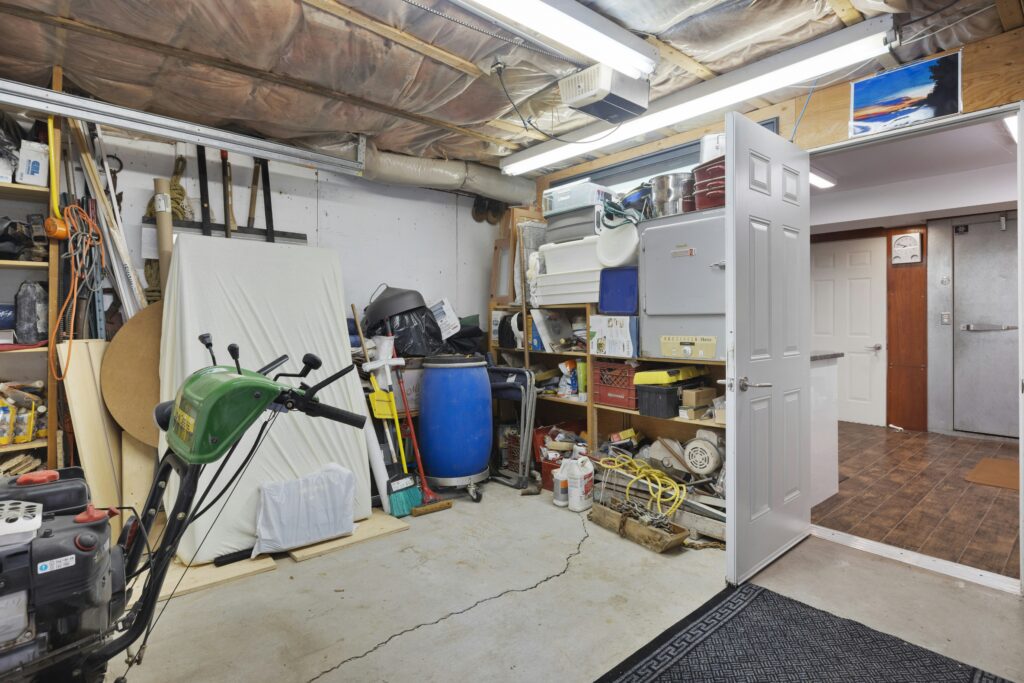13 Realistic Ways to Make Money With Your House

Your mortgage payment hits your bank account every month like clockwork. Property taxes arrive annually with that special kind of inevitability.
Insurance premiums, maintenance costs, utility bills they all demand their piece of your income. What if your house could actually fight back and generate money instead of just consuming it?
I discovered this possibility after my friend Marcus turned his unused garage into $800 monthly storage income. He didn’t renovate anything fancy or invest thousands upfront.
He simply cleaned out accumulated junk, listed the space online, and started collecting rent from someone who needed climate-controlled storage.
That simple move covered his entire property tax bill annually.
The financial reality about home ownership hits differently when you realize your property represents a massive underutilized asset.
You’re already paying for the mortgage, insurance, and maintenance whether you monetize spaces or not.
Every unused room, empty driveway spot, or underutilized yard represents potential income sitting idle while your expenses continue mounting.
After working with hundreds of homeowners on financial optimization strategies, I’ve identified legitimate methods for generating income from residential property without massive investments or complicated business structures.
These aren’t theoretical concepts from real estate guru courses.
These are practical strategies regular homeowners implement successfully while maintaining their primary residence and lifestyle.
Can You Really Make Money With Your House?
Absolutely, though realistic expectations matter tremendously. Your house won’t suddenly generate enough income to quit your job unless you convert it entirely into investment property.
However, earning $300-$2,000 monthly from underutilized spaces remains completely achievable for most homeowners.
The key lies in identifying spaces serving no current purpose. That spare bedroom collecting dust? Potential rental income. The driveway with extra spots? Parking revenue.
The backyard your kids outgrew? Multiple monetization opportunities. Your home likely contains several underutilized assets you’ve stopped noticing because you see them daily.
Location dramatically affects earning potential from home-based income strategies. Urban and suburban homeowners near airports, stadiums, universities, or business districts command premium rates for parking, storage, and room rentals.
Rural homeowners might earn less from some strategies but often possess larger properties offering unique opportunities unavailable to city dwellers.
Regulatory considerations require honest attention. Zoning laws, HOA restrictions, rental regulations, and tax implications all affect which strategies you can legally implement.
Research your local requirements before committing time and resources to any monetization strategy.
Ignoring these factors creates legal problems and financial penalties exceeding any income you might generate.
The financial analysis matters more than most homeowners initially recognize. Calculate your actual net income after expenses, taxes, insurance increases, and time investment.
Gross revenue means nothing if your net income barely covers the hassle involved.
FYI, this calculation eliminates strategies that sound profitable but actually generate minimal returns after honest accounting.
13 Realistic Ways To Make Money With Your House
Ready to explore specific opportunities? I’ll share honest assessments about income potential, startup requirements, and practical considerations for each strategy based on real homeowner experiences.
1. Rent Out A Room
Renting spare bedrooms generates substantial monthly income through short-term platforms like Airbnb or traditional long-term leases. This strategy offers the highest income potential for most homeowners with available space.

Short-term rentals typically generate more gross income but require significantly more work. You’ll handle frequent turnovers, provide fresh linens, clean between guests, and manage booking communications.
Urban locations near tourist attractions or business districts command $75-$200+ nightly, generating $1,500-$4,000 monthly if consistently booked.
Long-term rentals provide stability and less management at lower monthly rates.
Screen tenants carefully, establish clear lease terms, and collect $400-$1,200 monthly depending on location and room quality.
The passive nature appeals to homeowners wanting consistent income without constant guest management.
Preparation costs vary based on current condition. Basic furnished rooms might only need $200-$500 for quality bedding, privacy locks, and minor improvements.
Unfurnished or outdated spaces could require $1,000-$3,000 for furniture, paint, and upgrades creating rental-worthy environments.
The cohabitation factor requires honest assessment. Sharing your home with strangers or tenants fundamentally changes your living situation.
Some people adapt easily while others find the privacy loss intolerable. Consider your personality and lifestyle before committing to this strategy.
Legal and insurance requirements matter tremendously. Check local short-term rental regulations, inform your homeowner’s insurance about rental activities, and understand tax implications.
Many insurance policies don’t cover rental situations without specific endorsements, leaving you vulnerable to uncovered liability.
2. Rent Out Your Yard
Yard rental through platforms like Sniffspot connects dog owners seeking private outdoor spaces with homeowners having underutilized yards. This strategy works brilliantly for people with fenced yards who don’t use them regularly.

Earning potential ranges $5-$25 per hour depending on yard size, amenities, and location.
Dog owners book 30-minute to 2-hour sessions, generating $100-$800 monthly for homeowners offering consistent availability.
Premium yards with agility equipment, swimming areas, or exceptional privacy command higher rates.
Pool rentals through Swimply generate even higher returns if you own pools. Hourly rates typically range $25-$100 depending on pool size, amenities, and location.
Summer months generate $500-$2,000+ monthly while shoulder seasons produce less consistent income.
Liability insurance becomes non-negotiable when allowing strangers onto your property.
Standard homeowner’s policies often exclude commercial activities, requiring additional coverage.
Sniffspot and Swimply provide some insurance, but understanding coverage limits and exclusions protects you from catastrophic financial exposure.
Maintenance considerations increase with rental activity. More usage means more wear, tear, and cleaning requirements.
Factor these costs into your pricing to ensure actual profitability rather than just gross revenue that evaporates after expenses.
3. Rent Out A Parking Space
Parking space rental generates passive income requiring minimal effort after initial setup.
Homeowners near airports, stadiums, universities, or downtown business districts earn $50-$300 monthly per space depending on location and demand.

The setup involves minimal investment beyond ensuring clear access and possibly adding signage or lighting. List spaces on platforms like SpotHero or Neighbor, or advertise directly to local businesses and commuters.
Airport parking commands premium rates during peak travel seasons. Homeowners within 10 miles of major airports charge $8-$20 daily, generating $150-$400 monthly per space if consistently rented.
Event parking near stadiums or concert venues generates surge pricing during events.
Access and security logistics require planning. Establish clear entry procedures, communicate parking spot locations precisely, and address potential conflicts with your own vehicle access.
Poor planning creates frustration eliminating the passive income benefit this strategy typically offers.
Local regulations often govern commercial parking on residential property. Check zoning laws and HOA restrictions before advertising parking rentals. Some jurisdictions prohibit or limit commercial parking activities in residential zones.
4. Create Storage Room
Storage rental converts garages, basements, sheds, or spare rooms into income-generating assets. Homeowners charge $50-$300 monthly depending on space size, climate control, and accessibility.

The demand for affordable storage exceeds supply in most markets. People need spaces for furniture during moves, seasonal equipment, business inventory, or recreational vehicles.
Your unused garage could solve their problem while generating your income.
Climate-controlled storage commands premium pricing. Basements and garages with temperature regulation generate $100-$250 monthly compared to $50-$150 for unheated sheds or outdoor spaces. Items requiring protection from temperature extremes justify higher rates.
Security considerations affect marketability. Renters want confidence their belongings remain safe and accessible. Install basic security cameras, provide adequate locks, and maintain insurance coverage protecting stored items.
These investments increase rental rates and tenant retention.
Clear agreements prevent disputes. Document exactly what can be stored, establish access schedules, define liability for damage or theft, and specify payment terms.
Written contracts protect both parties and prevent misunderstandings that damage relationships.
5. Become An RV Host
RV hosting provides parking spaces for recreational vehicle owners seeking overnight or extended stays. Homeowners with large driveways, side yards, or open land charge $25-$75 nightly depending on amenities and location.
The setup requires minimal infrastructure beyond designated parking area and potentially electrical hookups or water access.
Many RV owners simply need safe overnight parking without full hookups, making this accessible for most homeowners with adequate space.
Location determines demand significantly. Properties near national parks, tourist destinations, or along major travel routes generate consistent bookings.
Suburban homeowners might only attract occasional rentals, limiting income potential.
Electrical and water hookups increase rates by $10-$30 nightly but require initial investment for proper installation.
Consult licensed electricians and plumbers ensuring safe, code-compliant installations. Amateur electrical work creates serious safety and liability risks.
Guest interaction remains minimal compared to room rentals. RV travelers typically value privacy and independence, requiring little host involvement beyond initial greeting and basic communication.
This makes RV hosting more passive than traditional rentals.
6. Host Events
Event hosting transforms properties into wedding venues, party locations, or corporate retreat spaces generating $500-$5,000+ per event depending on property size, amenities, and your service level.

This strategy requires substantial upfront investment in liability insurance, potentially event-specific coverage, parking accommodations, restroom facilities, and property improvements creating event-worthy spaces.
Initial costs often range $2,000-$10,000 before hosting first events.
The income potential justifies investments for homeowners with exceptional properties. A single wedding might generate $3,000-$8,000 for property rental alone.
Adding coordination services, catering, or vendor management increases revenue but demands more time and expertise.
Permit and regulatory requirements vary dramatically by location. Many jurisdictions require special event permits, occupancy limits, parking plans, and neighbor notifications.
Research requirements thoroughly before advertising event hosting services.
Neighbor relations critically affect sustainability. Event hosting brings traffic, noise, and parking impacts to your neighborhood.
Communicate plans with neighbors, implement noise curfews, and manage guest parking carefully.
Neighbor complaints trigger regulatory scrutiny potentially shutting down operations.
7. Host Photo And Video Shoots
Location rental for photography and videography through platforms like Giggster generates $100-$1,000+ daily depending on property characteristics and shoot type.

Production companies constantly seek interesting locations for commercials, TV shows, movies, photography sessions, and content creation.
Unique architecture, scenic views, distinctive interiors, or specific aesthetic qualities make properties marketable for creative productions.
The process involves minimal homeowner involvement beyond initial property preparation and availability during shoots.
Professional productions handle their own equipment, crews, and logistics. You simply provide space and collect payment.
Earning frequency varies unpredictably. Some homeowners book multiple shoots monthly while others wait months between bookings.
Location, property characteristics, and platform visibility all affect booking frequency.
Don’t expect consistent monthly income from this strategy alone.
Property protection requires attention. Productions bring equipment, crews, and potential damage risks.
Require production insurance naming you as additional insured, document pre-shoot property condition, and establish clear damage liability terms.
Professional productions carry insurance, but confirming coverage protects your interests.
8. Grow Fresh Produce
Selling homegrown produce converts yards into profitable micro-farms generating $200-$2,000+ monthly during growing seasons through farmers markets, CSA subscriptions, or direct sales to restaurants.

The startup investment depends on scale and method. Basic vegetable gardens require $100-$500 for seeds, soil amendments, and basic tools.
More ambitious operations involving raised beds, irrigation systems, or greenhouse structures require $1,000-$5,000 initial investment.
High-value crops maximize profit per square foot. Herbs, salad greens, tomatoes, berries, and specialty vegetables generate better returns than commodity crops like corn or potatoes.
Research local demand and focus on crops commanding premium prices at farmers markets.
The time commitment exceeds most expectations. Successful market gardens require 10-20 hours weekly during growing season for planting, maintenance, harvesting, and sales.
This represents substantial physical labor unsuitable for everyone.
Seasonal income creates budgeting challenges. Most climates offer 4-8 month growing seasons, concentrating income during specific periods.
Plan finances accounting for seasonal income fluctuations rather than expecting year-round cash flow.
9. Host International Students
Hosting international students combines room rental with cultural exchange while generating $600-$1,500 monthly plus potential stipends for meals and supervision.
Legitimate agencies screen students and families ensuring safe, appropriate placements. Register with reputable organizations handling student matching, payments, and support services.
Avoid independent arrangements lacking proper screening and legal protections.
The relationship differs from typical rentals because you provide mentorship, cultural guidance, and sometimes meal preparation.
This appeals to homeowners enjoying cross-cultural connection and helping young people succeed academically.
Long-term commitments typically span academic years providing income stability compared to short-term rentals.
Students usually stay 6-10 months, reducing turnover hassle while maintaining consistent cash flow.
Extra services increase compensation. Providing private bathrooms, specialized meals, tutoring support, or transportation generates additional income beyond basic housing. Some families pay $1,500-$2,500 monthly for comprehensive hosting packages.
10. Start A Daycare
Home-based daycares generate $30,000-$80,000 annually serving 4-8 children depending on local regulations, your capacity, and pricing structure.
Licensing requirements vary dramatically by state and childcare type. Research your state’s regulations regarding home daycare operations, capacity limits, safety requirements, and licensing processes.
Many states require specific training, background checks, and facility inspections before approving home daycares.
The startup costs include mandatory safety equipment, educational materials, furniture, outdoor play equipment, and licensing fees typically totaling $2,000-$8,000.
Budget adequately for required investments before accepting children.
Operating a daycare demands full-time commitment during business hours. You can’t pursue other work simultaneously while supervising children.
This strategy suits homeowners wanting full-time self-employment rather than passive income.
Liability insurance costs significantly more than standard homeowner’s coverage. Daycare-specific policies typically cost $500-$2,000 annually depending on enrollment capacity and coverage limits.
This represents necessary expense protecting you from catastrophic claims.
11. Workspace And Equipment
Renting workspace to remote workers or meeting space to small businesses generates $15-$50 hourly or $200-$800 monthly for dedicated desk arrangements.
The demand increased dramatically as remote work became mainstream. Professionals need quiet workspaces away from home distractions, while small businesses require meeting spaces avoiding coffee shop limitations.
The setup requires professional environment with reliable Wi-Fi, comfortable furniture, adequate lighting, and potentially printing equipment.
Investment typically ranges $500-$2,000 creating workspace meeting professional standards.
Listing on platforms like LiquidSpace or local coworking directories connects you with potential renters. Alternatively, market directly through local business networks and social media targeting specific professional demographics.
Privacy and security logistics require careful management when allowing strangers into your home during business hours.
Establish clear house rules, define accessible areas, and implement security measures protecting your personal spaces and belongings.
12. Rent Out Your Garden As Allotment
Garden allotment rental provides community members with growing space while generating $100-$300 annually per plot depending on size and location.
This strategy works best for homeowners with large yards they don’t personally maintain. Converting unused lawn into revenue-generating garden plots reduces your maintenance work while providing income and community connection.
External access facilitates independent operation allowing renters to tend gardens without requiring your presence. Side gates or separate entrances enable access during your absence, making this truly passive income.
Legal agreements protect both parties by defining plot boundaries, acceptable crops, chemical usage policies, water access, and plot maintenance expectations.
Clear terms prevent disputes about responsibilities and expectations.
The community aspect provides non-financial benefits through relationships with local gardeners, fresh produce sharing, and neighborhood connection.
Many homeowners value these social benefits equally with financial returns.
13. Rent Out Your Home To Film Producers
Film and TV production rentals generate $600-$2,200 daily for location shoots depending on property characteristics and production type.
Unique or distinctive homes command premium rates because productions seek specific aesthetics unavailable in standard locations. Period architecture, modern design showcases, or homes with exceptional views attract production interest.
The disruption remains temporary but intensive during shoot days. Productions bring crews, equipment, and activity transforming your home into working set.
Some homeowners find this exciting while others find it intolerable. Consider your tolerance for disruption honestly.
Production insurance requirements protect you from equipment damage, crew injuries, and property harm. Require certificate of insurance naming you as additional insured before allowing any filming.
Professional productions carry comprehensive coverage, but verifying this protects your interests.
Location agencies handle marketing and bookings in exchange for commissions typically ranging 15-30% of rental fees.
This service connects you with legitimate productions while screening out problematic requests, justifying the commission for most homeowners.
Bottom Line
Your house represents a substantial asset beyond its market value and the shelter it provides. The strategies.
I’ve shared generate legitimate income for homeowners willing to invest time researching requirements, preparing spaces appropriately, and managing operations professionally.
Start with strategies matching your comfort level and available resources rather than attempting everything simultaneously.
Test one approach, learn the process, evaluate actual returns, and then expand to additional strategies if results justify the effort.
Financial analysis determines real profitability. Calculate net income after all expenses, taxes, insurance increases, and reasonable hourly compensation for your time.
Gross revenue means nothing if expenses and time investment eliminate actual profit. IMO, this honest accounting separates worthwhile strategies from time-wasting activities.
Legal compliance protects your home and financial security. Research regulations thoroughly, obtain required permits and insurance, and document everything properly.
The income potential isn’t worth risking your home to legal or liability issues from cutting corners on compliance.
Final Thoughts
The homeowners I’ve counseled who successfully generate substantial house-based income share common traits:
they research thoroughly before starting, invest adequately in proper setup, manage operations professionally, and maintain realistic expectations about effort required relative to income generated.
Your house can absolutely generate meaningful income supplementing your primary earnings, building emergency funds, or funding specific financial goals.
Start exploring which strategies suit your property, lifestyle, and financial objectives today rather than letting underutilized spaces continue generating zero returns 🙂